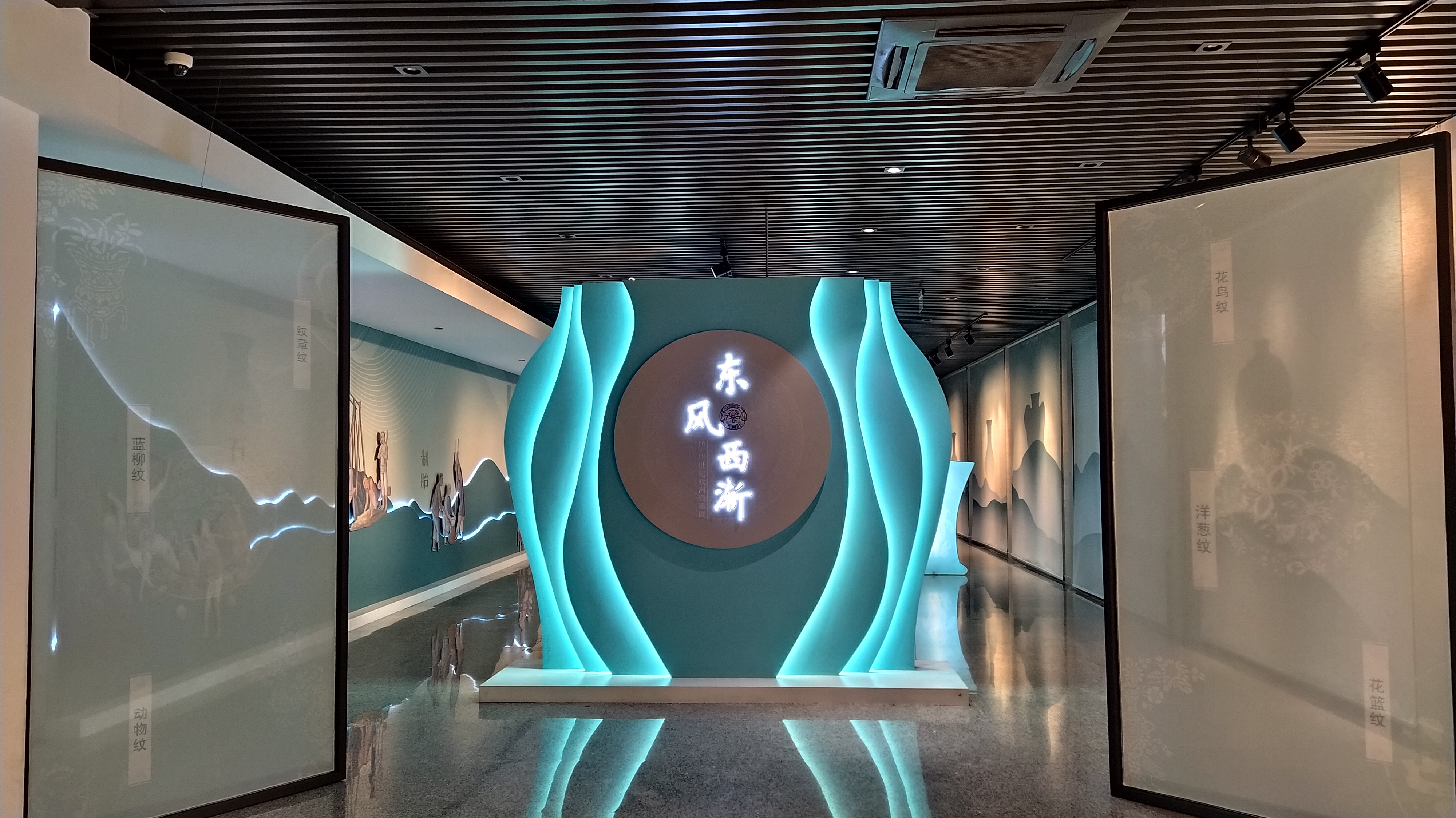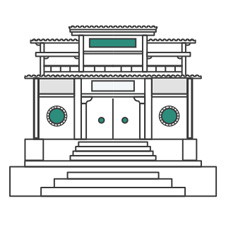East to West: European Porcelain in the 16-19th Centuries Return


- Exhibition Time:2023-03-31 - 2023-07-02
- Exhibition Address:The Temporary Exhibition Hall, China National Tea Museum
Introduction
Trade between China and Europe has been flourishing since the 16th century, and porcelain has become popular among the European upper class. In order to seek high prices and huge profits, Europe began to try to make its own porcelain. In the mid-18th century, porcelain manufacturing flourished throughout the European continent, especially in England and Germany. At first, they purely imitated Chinese porcelain and then gradually combined European culture and tradition to produce products with European characteristics. This imitation, combination, innovation, and integrated porcelain industry became one of the most important industries in Europe from the 18th century to the mid-19th century, creating a great wealth for Europe at that time and forming a brilliant porcelain art.
In this exhibition, we work together with Shanghai History Museum (Shanghai Revolution Museum) to showcase the process and brilliant achievements of European porcelain in three chapters: “Customization and Copy”, “Imitation and Invention”, and “Innovation and Development”. Exhibits include porcelain from many famous European kilns, such as Delft, Meissen, Derby, Wedgwood, Dresden, etc., and reproduce the brilliance of the European porcelain.
In this exhibition, we work together with Shanghai History Museum (Shanghai Revolution Museum) to showcase the process and brilliant achievements of European porcelain in three chapters: “Customization and Copy”, “Imitation and Invention”, and “Innovation and Development”. Exhibits include porcelain from many famous European kilns, such as Delft, Meissen, Derby, Wedgwood, Dresden, etc., and reproduce the brilliance of the European porcelain.


